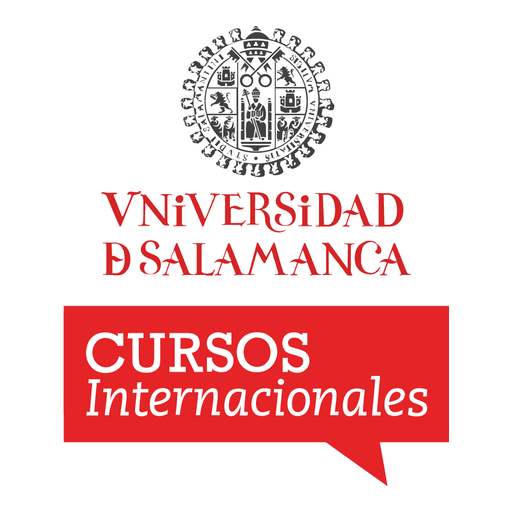Speaking
15 minutes
USAL esPro Speaking Spanish Test in Spanish, aligned to all levels of the CEFR*. Ideal for candidates looking to prove their Spanish language proficiency for academic and/or work purposes.
About the exam:
Interview
Presentation
Information exchange and discussion
*Common European Framework of Reference (CEFR), developed by the Council of Europe, is widely used to describe levels of language proficiency.
Take an exam at a LanguageCert approved Test Centre.
